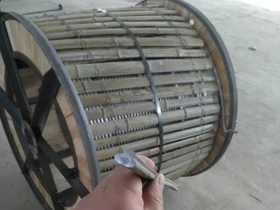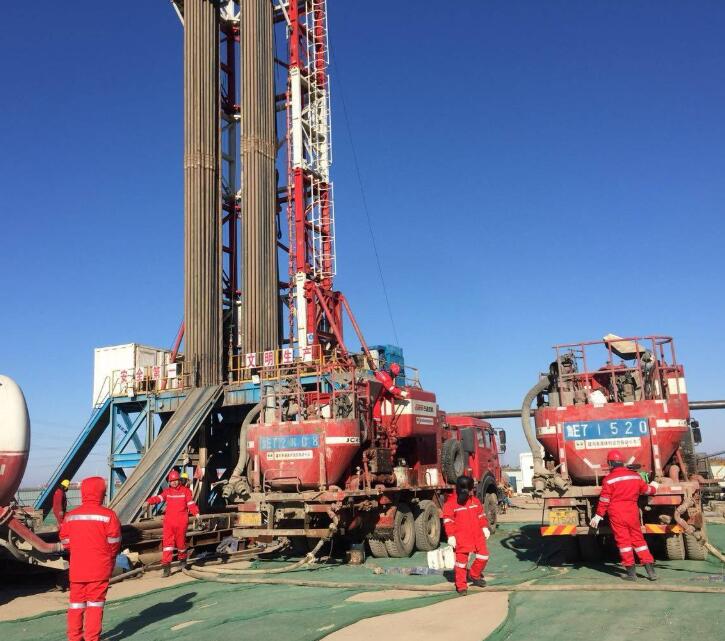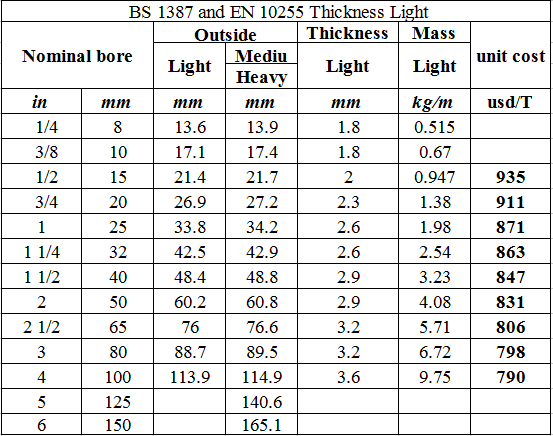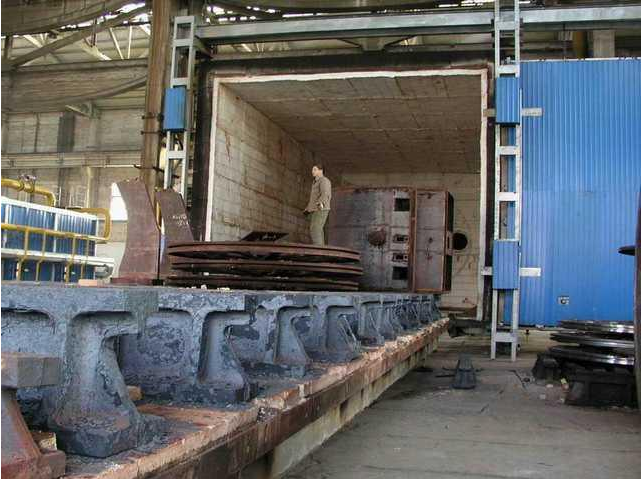A, quenching
What is quenching?
steel quenching is one of the steel is heated to a critical temperature Ac3 (hypoeutectoid steel) or Ac1 (hypereutectoid steel) above temperature, heat preservation for a period of time, make all or part of the austenitizing, then at greater than the critical cooling rate of cold faster cold below Ms to martensite isothermal near (or Ms) or bainite transformation of heat treatment process.Usually also aluminum alloy, copper alloy, titanium alloy, tempered glass and other materials solid solution treatment or heat treatment process with rapid cooling process called quenching.
2. Purposes of quenching:
1) improve the Mechanical properties of metal products or parts.For example: improve the Hardness and wear resistance of tools and bearings, improve the elastic limit of springs, improve the comprehensive mechanical properties of shaft parts, etc.
2) improve the Material or chemical properties of some special steels.Such as improving the Corrosion resistance of Stainless steel, increase the permanent magnetic steel and so on.
In addition to the reasonable selection of quenching medium, there should also be correct quenching methods. Common quenching methods include single liquid quenching, double liquid quenching, graded quenching, isothermal quenching, local quenching, etc.
3. Steel workpiece after quenching has the following characteristics:
The imbalanced (i.e., unstable) tissues such as martensite, bainite and residual austenite were obtained.
(2) there is a large internal stress.
Mechanical properties can not meet the requirements.Therefore, steel workpiece after quenching generally through tempering
IF YOU LEARN MORE, PLEASE CONTACT ME : LISA@ZSSTEELTUBE.COM. WHATSAPP/WECHAT/SKYPE: 0086 18132295089




